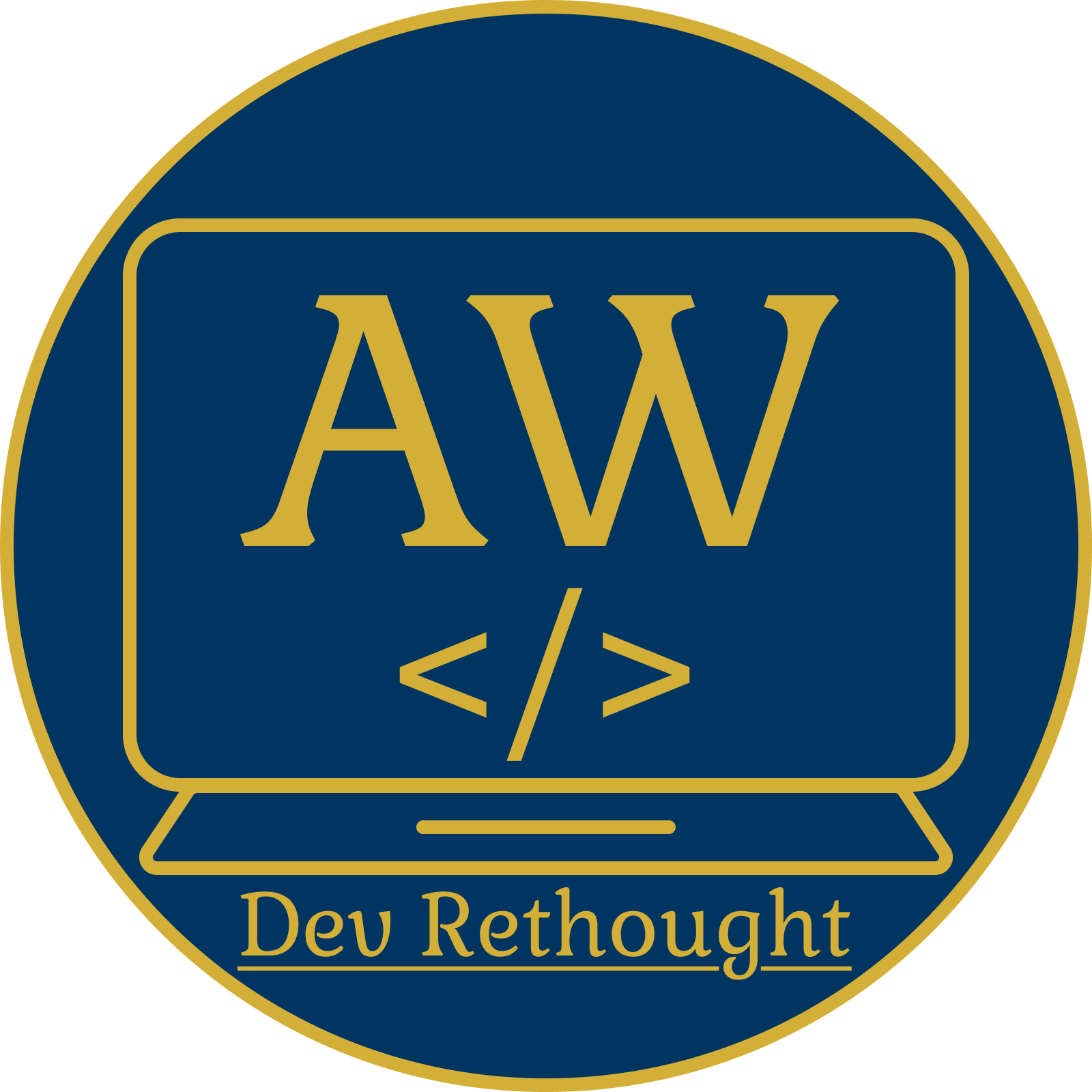AI Insights: The AI Learning Roadmap (2025 Edition)
Posted On: September 5, 2025 | 3 min read
Introduction
Artificial Intelligence is no longer a niche skill — it’s a core part of modern technology careers. From chatbots to self-driving cars, AI powers the products and services we use every day. But if you’re starting in 2025, where should you begin?
This AI Learning Roadmap (2025 Edition) outlines a structured path, from absolute beginner to advanced practitioner. Whether you’re a student, developer, or career switcher, this roadmap will help you navigate the overwhelming amount of resources and focus on what truly matters.
Step 1: Build the Foundations
Before diving into neural networks, get comfortable with the basics:
- Mathematics → Linear algebra, probability, statistics.
- Programming → Python (NumPy, Pandas, Matplotlib).
- Data Handling → Cleaning, visualizing, and manipulating datasets.
📌 Goal: Be able to load data, clean it, and perform simple analysis.
Step 2: Core Machine Learning
Learn the fundamentals of how machines learn from data:
- Supervised Learning → Regression, classification.
- Unsupervised Learning → Clustering, dimensionality reduction.
- Key Libraries → Scikit-learn, XGBoost, LightGBM.
📌 Goal: Train a basic model, evaluate it, and understand overfitting vs underfitting.
Step 3: Deep Learning & Neural Networks
Move into more powerful models that handle images, text, and complex patterns:
- Neural Networks → Perceptrons, backpropagation.
- Frameworks → PyTorch, TensorFlow.
- Architectures → CNNs (vision), RNNs/LSTMs (sequences), Transformers (text).
📌 Goal: Build and train a neural network on datasets like MNIST or CIFAR-10.
Step 4: Specialization Paths
AI is broad. Pick one or two areas to go deep:
- NLP → Text classification, transformers, Hugging Face.
- Computer Vision → Image recognition, object detection, GANs.
- Reinforcement Learning → Agents learning by trial and error.
- MLOps → Deployment, monitoring, scaling models in production.
📌 Goal: Work on a real-world dataset and publish a project (GitHub/portfolio).
Step 5: Advanced Topics & Real-World Skills
Go beyond models and focus on impact:
- Generative AI → LLMs, diffusion models, multimodal AI.
- Ethics & Bias → Responsible AI practices.
- Data Engineering → Pipelines, data warehouses, cloud AI services (AWS, GCP, Azure).
- Collaboration → Working in teams with version control, CI/CD, and reproducible research.
📌 Goal: Contribute to open-source or build a deployable project.
Pro Tip
Don’t try to learn everything at once. Pick projects that excite you and let them guide your learning. The best AI developers aren’t those who know every algorithm — they’re the ones who can apply the right tools to solve real problems.
Takeaway
The AI Learning Roadmap in 2025 is about foundations → core ML → deep learning → specialization → advanced practice. With abundant resources, communities, and open-source tools available, your success depends on consistent practice and building proof of work.
The journey may be long, but it’s also one of the most exciting paths in technology today.

No comments yet. Be the first to comment!